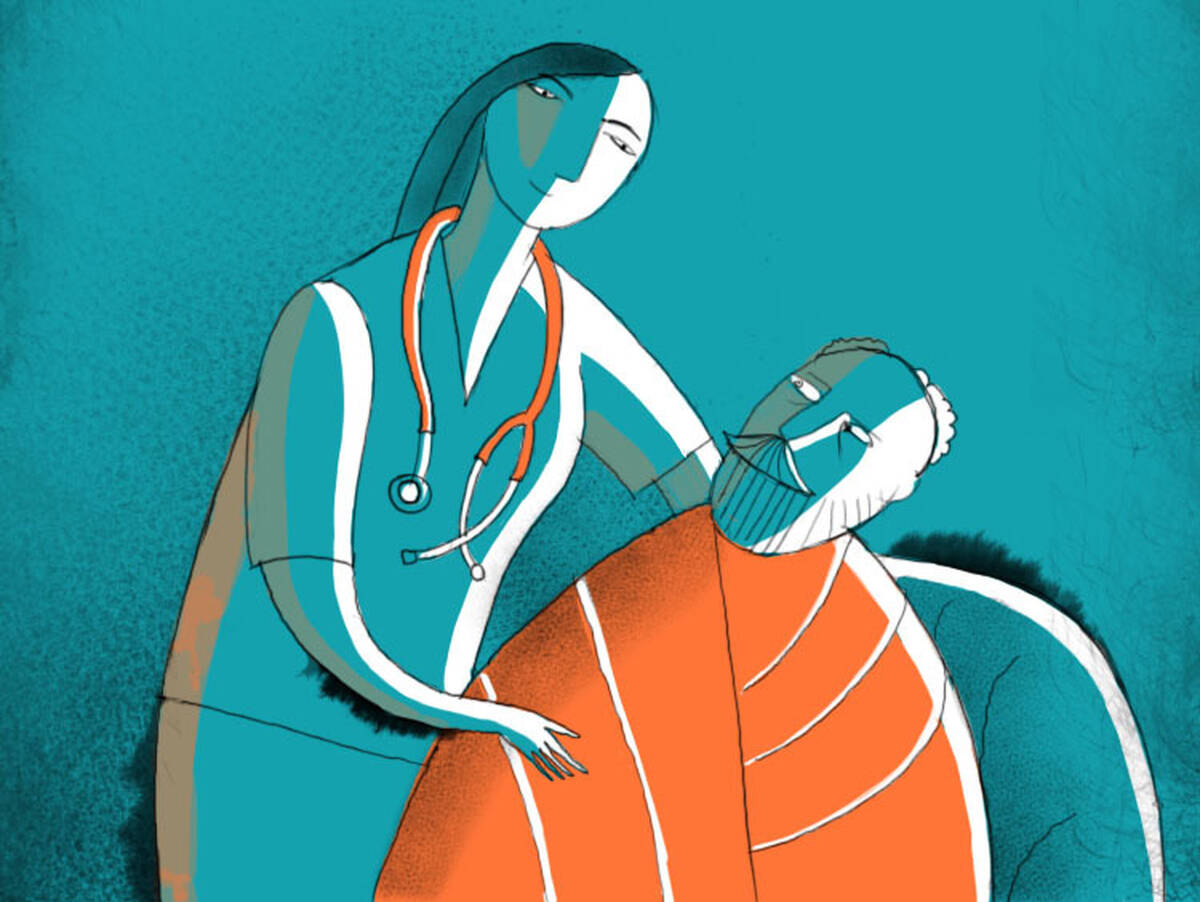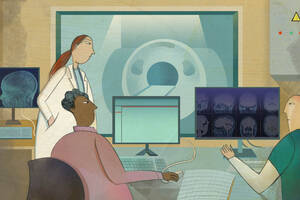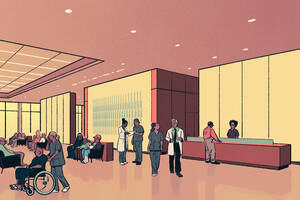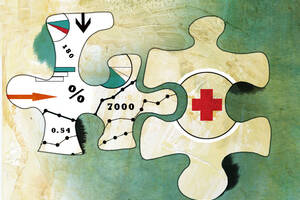Healthcare Organizations Apr 4, 2017
What Happens to Patient Care When There Are Not Enough Nurses?
The impact can be significant, especially in nursing homes.

Yevgenia Nayberg
The U.S. does not have enough registered nurses. What does that mean for the nation’s sick and elderly?
Nursing is the nation’s largest healthcare profession, with 3.4 million employed licensed nurses making up about 30% of all health professionals. Yet the need for nurses in the U.S. has consistently exceeded supply, with certain regions of the country particularly hard hit by shortages.
“In many developed countries, we have an aging workforce as well as an aging population,” says the Kellogg School’s Benjamin Friedrich.
What are the repercussions of lower nurse staffing for patients? Do sick people get worse care, or possibly die more often, when there are not enough nurses on staff at a hospital or nursing home? In new research, Friedrich, an assistant professor of strategy, finds that a sharp reduction in the number of nurses at a facility can have detrimental effects on patients, particularly those residing in nursing homes. And even in hospitals, where staffing systems blunted much of the impact of a nursing shortage, patient care still suffered.
“As the nurse-to-patient ratio decreases, nurses are under more time pressure,” Friedrich says. This can mean, for example, that patients are not monitored as carefully and acute conditions that may require hospitalization are missed. “They don’t spend as much time with patients, and errors tend to occur.”
His findings reinforce the pivotal role nurses play in healthcare delivery, particularly in nursing homes.
Understanding Nurses’ Role in Delivering Quality Care
Friedrich and his colleague Martin B. Hackmann at UCLA used a natural experiment in Denmark to get at the impact of a nurse’s role on patient health.
In 1994, the Danish government introduced a federally funded program that offered parents up to one additional year of parental leave on top of the existing policy of six-months leave.
“As the nurse-to-patient ratio decreases, nurses are under more time pressure. They don’t spend as much time with patients, and errors tend to occur.”
As a result, there was a sudden and persistent 12% reduction in working nurses. Because nursing is a highly skilled occupation with regulated training and wages, healthcare organizations were unable to find temporary replacements for their lost workers.
“In the new system, both men and women were allowed to take an additional 12 months of leave, which had an unintended negative consequence when lots of licensed nurses took advantage of the program,” Friedrich says.
So what happened to patients? To find out, Friedrich and Hackmann linked staffing data with individual patient records on diagnoses, procedures, and health outcomes.
At hospitals, they found no change in the annual mortality rate. However the 30-day hospital readmission rate—an indicator of the quality of the care that patients receive—did increase following the start of the nurse shortage. Overall there was a 21% greater chance that a patient would be readmitted after the shortage began. In some specialties, this was even higher. For example, newborns had a 45% greater chance of being readmitted, often due to neonatal jaundice that was not diagnosed before they were discharged initially.
Nursing homes, on the other hand, saw a striking 13% rise in mortality among those aged 85 and older. Nursing homes likely suffered more drastic consequences of the shortage because of the way they are staffed.
First of all, nurses have a greater level of responsibility there. In hospitals, nurses are part of a larger hierarchical structure that includes physicians, physician assistants, etc. However, most nursing homes employ a chief nursing officer who serves as the head of all direct care. From there, nursing managers and registered nurses each monitor a number of residents. Also, hospitals have a size advantage. Hospital nurses preparing to take leave can coordinate with other staff members to avoid the full consequences of a shortage, which is difficult to do among a smaller staff at nursing homes.
Curtailing the Nursing Shortage
Because the role of nurses is very similar across developed countries, Friedrich says the study’s results are relevant to the U.S.
But, he notes that the nurse-to-patient ratio is actually lower in the U.S. than in Denmark, which may exacerbate the negative effects seen in his study. Additionally, quality of care has been a persistent problem in the U.S. long-term care system. Other differences in the U.S. may mitigate the impact of a nursing shortage, such as the fact that, on average, American nursing homes are larger than those in Denmark, so they might be able to better absorb a shortage of nurses.
Various factors contribute to the nursing shortage in the U.S. First, the nation continues to age, foreshadowing an ever-growing need for care. Americans 65 and older currently represent 14.5% of the population, according to the U.S. Department of Health and Human Services. In 2040, that proportion is expected to rise to 21.7%. By 2060, the number of Americans 65 and older will more than double. At the same time, more individuals have health insurance due to the Affordable Care Act and Medicaid expansion, resulting in an increase in patients seeking primary care.
Yet despite this demand, the supply side is not keeping up. Nursing schools struggle to expand capacity to meet the need for care and often turn away qualified applicants. At the same time, more nurses are reaching retirement age and leaving the workforce.
In the future, Friedrich wants to explore how changes to legislation and education could improve training and licensing for healthcare workers. For example, could some of the responsibilities of nurses be transferred to nursing assistants? And are there ways training could be improved so that people coming out of nursing schools are best equipped to succeed in the field?
“In the U.S., there apparently aren’t enough spots in training programs for people to become nurses, and it’s one of the main bottlenecks in the system,” he says. “So thinking about the supply side in terms of education is really important.”
Lastly, bringing up the possible negative consequences of generous parental leave may be controversial—particularly in the U.S., where time off is often scarce and unpaid. But Friedrich emphasizes that his work adds to a more comprehensive analysis of leave programs by looking at the impact on employers, consumers, and patients. “This study is a small piece of the puzzle, which complements a much larger research area that thinks of the effect of parental leave programs on parents and children,” he says.



